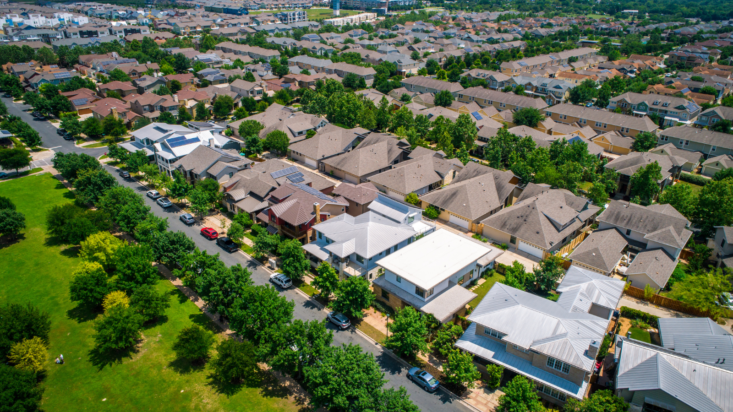LRBA holders to ride property market out, despite volatility blip
SMSF trustees with LRBAs and exposure to the residential property market can still sleep soundly – despite the 8 per cent dip in residential property prices in the past eight months.
Although the housing market is not traditionally as volatile as equity markets, it can drop sharply as the past eight months have graphically demonstrated, in this instance largely driven by rising interest rates that have jumped 300 basis points to 3.1 per cent since May 2022. At the same time the higher cost of living – inflation stood at 7.8 per cent for the 12 months to October 2022 – has prevented some buyers from taking advantage of lower housing prices to enter the market.
And there is every likelihood housing prices will continue falling. The property research firm CoreLogic predicts housing market conditions to remain soft. “The underlying cash rate is likely to see further increases in 2023, with market expectations pricing a peak of around 4 per cent, while the median forecast from Australian economists is lower at 3.6 per cent. Ongoing increases in interest rates will further erode the borrowing capacity, and likely prolong the country’s housing downturn until interest rates stabilise.”
But this is no cause for panic. As a CoreLogic Paper, titled The long game… 30 years of housing values, illustrates, over 30 years (July 1992-July 2022) there have been six distinct cycles of growth and an equal number of cycles of decline (including the current downswing) in the residential housing market.
“Each of the upswings and downturns have been characterised by different environments and catalysts of change such as taxation policy, monetary policy, economic shocks, fiscal stimulus and broader economic conditions,” the paper states.
“Although housing values move through cycles of growth as well as declines, the long-term trend is undeniably upwards. Nationally, dwelling values have increased 382 per cent over the past 30 years, or in annual compounding terms, rising by 5.4 per cent, on average, since July 1992.”
As the research house aptly quips, “patience is a virtue, particularly when it comes to Australians’ penchant for residential property”.
Inside this macro theme, there have been many sub-plots. The mid-decade (2002-12), for example, saw Perth head the pack – values up 102 per cent – as Western Australia enjoyed a mining boom. The last decade has been far less kind with today’s values only 14 per cent higher out west. In Hobart, 1992-2002 was the weakest of the three decades with values up just 30 per cent. But in the past decade the southern capital has outstripped its mainland counterparts, surging 99 per cent on the back of stronger migration and lack of supply.
Even in the current downturn, housing values generally remain well above pre-COVID levels. Across the combined capital cities, dwelling values remained 11.7 per cent above where they were at the onset of COVID (March 2020), while values across the combined regional markets are still up 32.2 per cent. Melbourne has proved the laggard with its housing values up only 1.5 per cent since March 2020.
For leveraged SMSFs – at 30 June 2022 they comprised about 12 per cent of all SMSFs with assets, at $60.6 billion, comprising 7.2 per cent of total SMSF assets – such historical data is reassuring in volatile investment times. This is especially so for these SMSFs on three related factors.
First, as the Council of Financial Regulators (CFR) report, tilted Leverage and Risk in The Superannuation System and released late last year, highlights, most SMSFs using LRBAs are in the accumulation phase with members of working age, accounting for 95 per cent of all LRBAs in 2020. It gives these SMSFs access to cash flow to service their debts.
Second, loan-to-value (LTV) ratios remain conservative for SMSFs with the average leverage ratio (LRBA borrowings to total LRBA assets) of 45 per cent in 2020. Breaking this number down further, only 8.2 per cent had an LTV ratio exceeding 80 per cent, all of which had assets of less than $100,000 according to the CFR report. [With research showing $200,000 is the competitive entry point for setting up an SMSF, from investment and cost perspectives, the CFR’s warning that these smaller funds lack diversification is valid and timely.]
But for the vast majority of funds, their LVRs provide comfort in a falling market. Add to the fact most have access to cash flow and don’t have to sell, it means they are well positioned to ride out this market downturn until the tide turns – with history suggesting it invariably will.










